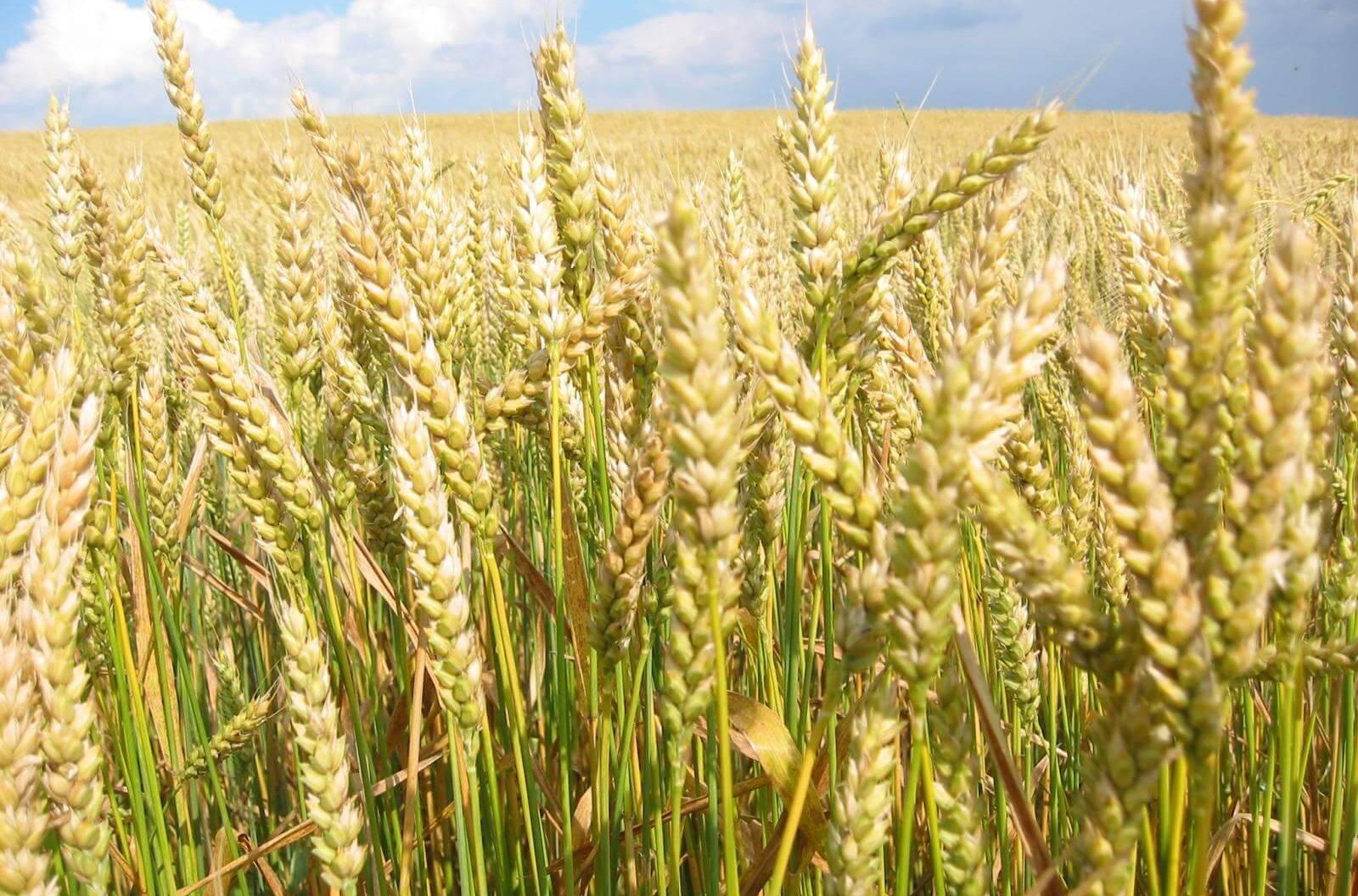Australia: Wheat holds up against disease pressure

Wheat crops across New South Wales are in the main expected to have minimal yield losses to disease thanks to successive applications of fungicide coupled with good varietal resistance.
The cereal disease most prevalent throughout all of the Australian grainbelt in this abnormally wet growing season is stripe rust.
NSW Department of Primary Industries cereal pathologist Steve Simpfendorfer estimates around 90 per cent of wheat crops have been well managed and will have minimal or no yield losses to the disease.
However, isolated paddocks have lost up to 40pc of their yield potential through not being able to be sprayed at the crucial time.
Many pulse crops in Victoria, NSW and Queensland are facing yield losses as a result of up to 12 months of mostly wet weather.
In 2016, chickpeas accounted for roughly 60pc of total winter-crop area in north-west NSW, and needed successive fungicide sprays.
This year, the north-west NSW chickpea area has plummeted to more like 5pc, due largely to the attractively priced canola being the rotational crop of choice this year.
Apart from a small area of chickpeas growing on sloping country north and east of Moree, the bulk of the chickpea crop in northern NSW has been lost a combination of waterlogging, flooding and disease in the form of botrytis grey mould.
Dr Simpfendorfer said the limited chickpea area has allowed growers to focus their fungicide programs on cereals, and managing disease in chickpeas and cereals would not have been possible amid successive rain events.
“I’d say 90pc of cereal crops have been managed well,” Dr Simpfendorfer said.
Where stripe rust and other fungal diseases including septoria tritici blotch got away, the inability of growers or contractors to spray from ground rigs or by air was to blame.
“Trafficability of paddocks became a real issue, and there was a lot more aerial spraying this year than last year.”
Rain in late May and June split NSW’s winter crop planting in half this year, and Dr Simpfendorfer said the later crop has been under greater disease pressure because of an inoculum build-up in weeds which grew over summer and into autumn, and in the early crop.
“This is a one in 50-year stripe rust event; we’ve had the green bridge over summer, and a lot of late planted crop is under pressure and more susceptible.”
He said low levels of fusarium head blight have also appeared, and crown rot in tiller bases is one to watch with another green bridge likely to carry inoculum into the 2023 winter crop.
Many growers have sprayed their cereals at least three times to keep fungal disease at bay.
Ballpark figures per spray are around $10-$15 per hectare for chemical, with application on top of that at $10-$12/ha by ground and $15-$18/ha by air.
Dr Simpfendorfer said while rusts and blotches may have little impact on yield, controlling them has come at significant cost.
“It’s an expense, and it’s impacted on growers’ bottom line.”
Despite a wet growing season forecast ahead of winter-crop planting, Dr Simpfendorfer said not all growers opted for wheat varieties with desirable resistance ratings to the fungal diseases that can be expected during a La Niña weather event.
In some cases, he said this was not for want of trying.
“Availability of quality sowing seed was a big issue, and it’s likely to be an issue going forward.”
He said some varieties have performed poorly for individual growers based on low-vigour seed being planted, and on the timing of fungicide applications.
Waterlogging can also reduce the seedlings’ ability to withstand inoculum.
“I don’t think we should grow susceptible varieties for a number of reasons; timing is critical and if you have any (spraying) logistics delay, you have problems.”
“The anxiety of having quite susceptible varieties is there for the grower and the agronomist.
“There are plenty of examples of growers having a spray recommended to them, and them not doing it.”
Dr Simpfendorfer said fungal disease in cereals appeared to more prevalent in southern NSW than in the state’s north.
“That’s because they’re growing more susceptible varieties.”
Anecdotally, they include RockStar, Scepter and Vixen.
One pleasant surprise has been how well durum crops have held up to date.
Growers are now turning their minds to the quality as well as the quantity of their wheat to be harvested, and this could well show up some differences not factored into official variety trials outside Western Australia.
“The bigger thing is going to be sprouting.”
Read also
Wheat in Southern Brazil Impacted by Dry Weather and Frosts
Oilseed Industry. Leaders and Strategies in the Times of a Great Change
Black Sea & Danube Region: Oilseed and Vegoil Markets Within Ongoing Transfor...
Serbia. The drought will cause extremely high losses for farmers this year
2023/24 Safrinha Corn in Brazil 91% Harvested
Write to us
Our manager will contact you soon



